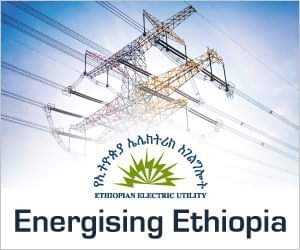


It was managed by a general manager leading five departments, namely Operations, Engineering, Planning, Finance and Administration, and Services. In early days (1958) the sector had been organized in a vertically integrated structure, vested with both operator and regulatory mandates, and it was named as the “Ethiopian Electric Light & Power Authority”. During these times, three landmark stages have passed to reach at the current status of the sector. Power development was introduced in Ethiopia as early as 1950s, and since then the Ethiopian electric power sector has served over 55 years. Huge transmission line expansion is planned to extend the system and cover the whole country including border crossing power lines.ĮEP has its own transmission & substation construction unit task force, which has more than 30 years of experience and developed construction and commissioning capacity of high-voltage lines up to 230 KV and substations.ĮEP has a portfolio management unit with a track record in managing and administrating more than seven mega generation and transmission projects at a time in the last 10 years. There are two major hydropower projects under construction, namely the Grand Ethiopian Renaissance Dam (6000MW) and GenaleDawa 3 (254MW).ĮEP operates and maintains all high-voltage transmission lines across the country, which covers more than 9,000km with varying voltage levels ranging from 500kV to 132kV and more than 90 substations with the above mentioned voltage levels. A 400MW energy purchase agreement was signed and a 500 kilovolt (kV) HVDC line between Kenya and Ethiopia is under constructionĮEP operates and maintains more than 12 hydropower and three wind power plants distributed in different parts of the country with installed capacity of more than 4290MW, including the Gibe III plant (1870MW) which is under commissioning. Djibouti and the Sudan are connected to Ethiopia by a high-voltage power line. Ethiopian Electric Power (EEP) is instrumental to this ambitious plan.ĮEP is a sole provider of bulk electricity to users, mainly to the Ethiopian Electric Utility (EEU) direct industrial customers and exports to neighboring countries. To provide adequate and quality electricity generation, transmission through continuous improvement of management practice responsive to the socio-economic development and environmental protection need of the public.Įthiopia strives to be the hub of renewably sourced energy in the region and beyond. By 2025 to be a first-class provider of quality electric power for the whole country, and a competitive exporter of energy in the region.


 0 kommentar(er)
0 kommentar(er)
